by Michael Haskew
Like so many other prominent leaders in history, Doroteo Arango Arambula was born in obscurity, the son of a poor sharecropper in San Juan del Rio in the state of Durango, Mexico. He went to a local Catholic school but began running the small farm after his father died. By the age of 16, Doroteo decided to seek his fortune in the northwest of the country, moving to the state of Chihuahua.
[text_ad]
Although the story has never been verified, it is said that word reached the young man that his sister had been raped by a landowner named Agustin Lopez Negrete, prompting Doroteo to return to San Juan del Rio. Doroteo sought out and killed Negrete, taking his horse, fleeing into the Sierra Madre mountains, and turning to the life of a bandit. He was known simply as Arango.
Arango Assumes His Monicker
In 1902, Arango was captured and narrowly escaped the hangman’s noose, only to be forced into the army. Within the year, he had killed an officer and stolen his horse. A wanted man, Arango adopted the alias Francisco Villa, later to be popularly known as Pancho Villa.
The turning point in the life of Pancho Villa came with the growing discontent with the despotic rule of President Porfirio Diaz, who favored a landholding aristocracy that owned vast tracts of real estate in Mexico and made it virtually impossible for subsistence farmers to scratch out a living. The principal leader of the opposition was Francisco Madero, who advocated democracy and better conditions for the country’s poor.
In 1910, Abraham Gonzalez, a close associate of Madero, convinced Villa that his banditry could actually work for the benefit of the disadvantaged. Gonzalez persuaded Villa to join Madero’s cause, and he helped to win a string of victories that drove Diaz from power.
Pancho Villa’s Capture of Zacatecas
Madero claimed the presidency of Mexico, but the unrest continued. Revolutionaries under Pascual Orozco challenged his authority, and Villa pledged to continue fighting for Madero. However, Madero’s own chief military commander, General Victoriano Huerta, had designs on seizing power. Rather than embrace Villa’s support, Huerta considered him a rival and had him jailed. The treacherous Huerta then undermined Madero’s authority, seized the presidency, and is believed to have been behind the assassination of Madero in February 1913.
As Huerta’s bid for dictatorial power unfolded, Villa joined forces with the revolutionary Constitutionalist Army of Mexico under Venustiano Carranza, and the pair fought vigorously against the provisional government. At first, Villa accepted Carranza as the superior commander. The two revolutionaries won several significant victories, and Carranza’s perspective changed. Carranza feared that Villa might occupy Mexico City and take power. Therefore, he ordered Villa to divert his forces away from the capital toward Saltillo. Villa complied and captured the town. He then turned toward the town of Zacatecas, where his soldiers routed Huerta’s troops in the critical battle that forced the dictator to flee into exile.
Meanwhile, Carranza entered Mexico City, and both Villa and fellow revolutionary Emiliano Zapata believed that he intended to establish himself as dictator. The alliance that had toppled Huerta was fractured beyond repair, setting the stage for more bloody fighting.
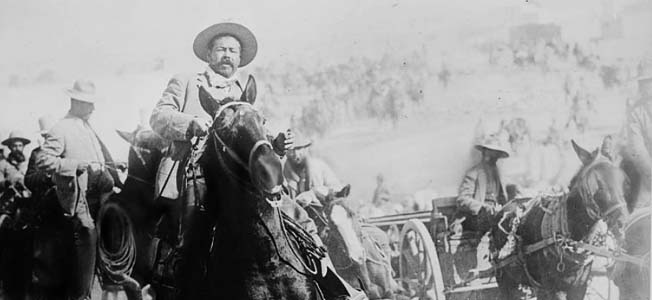
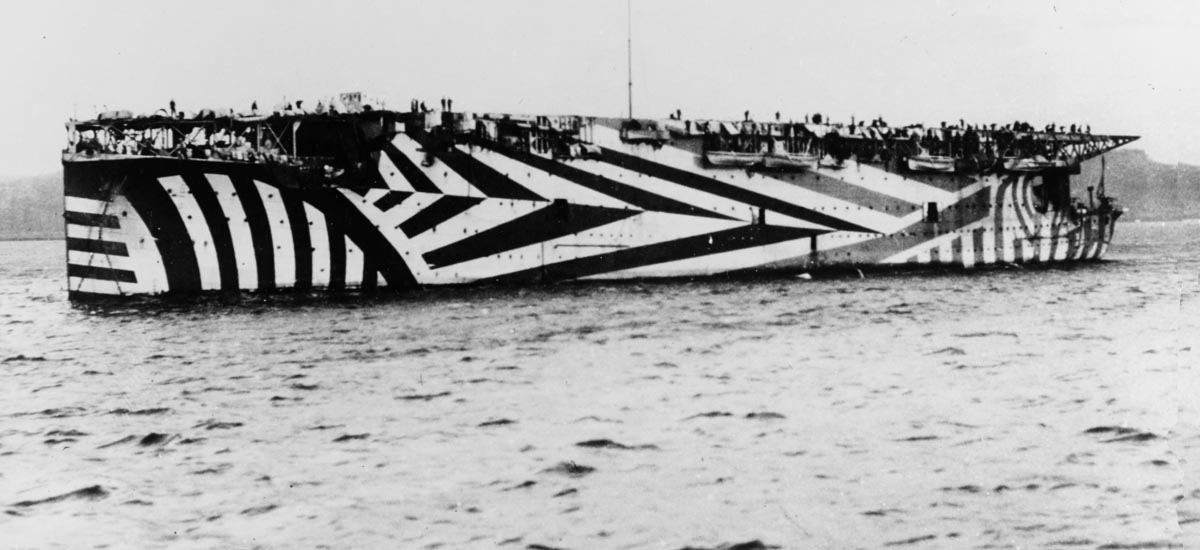
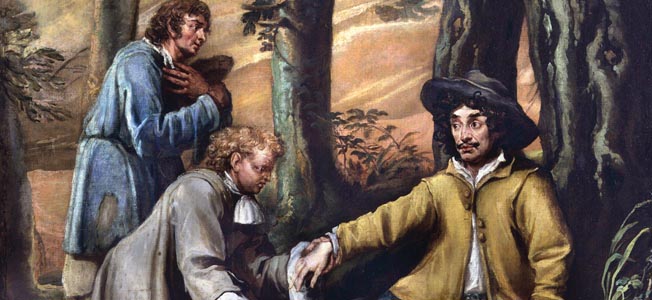
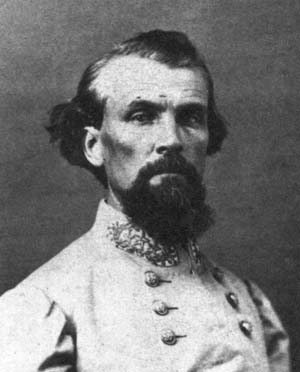

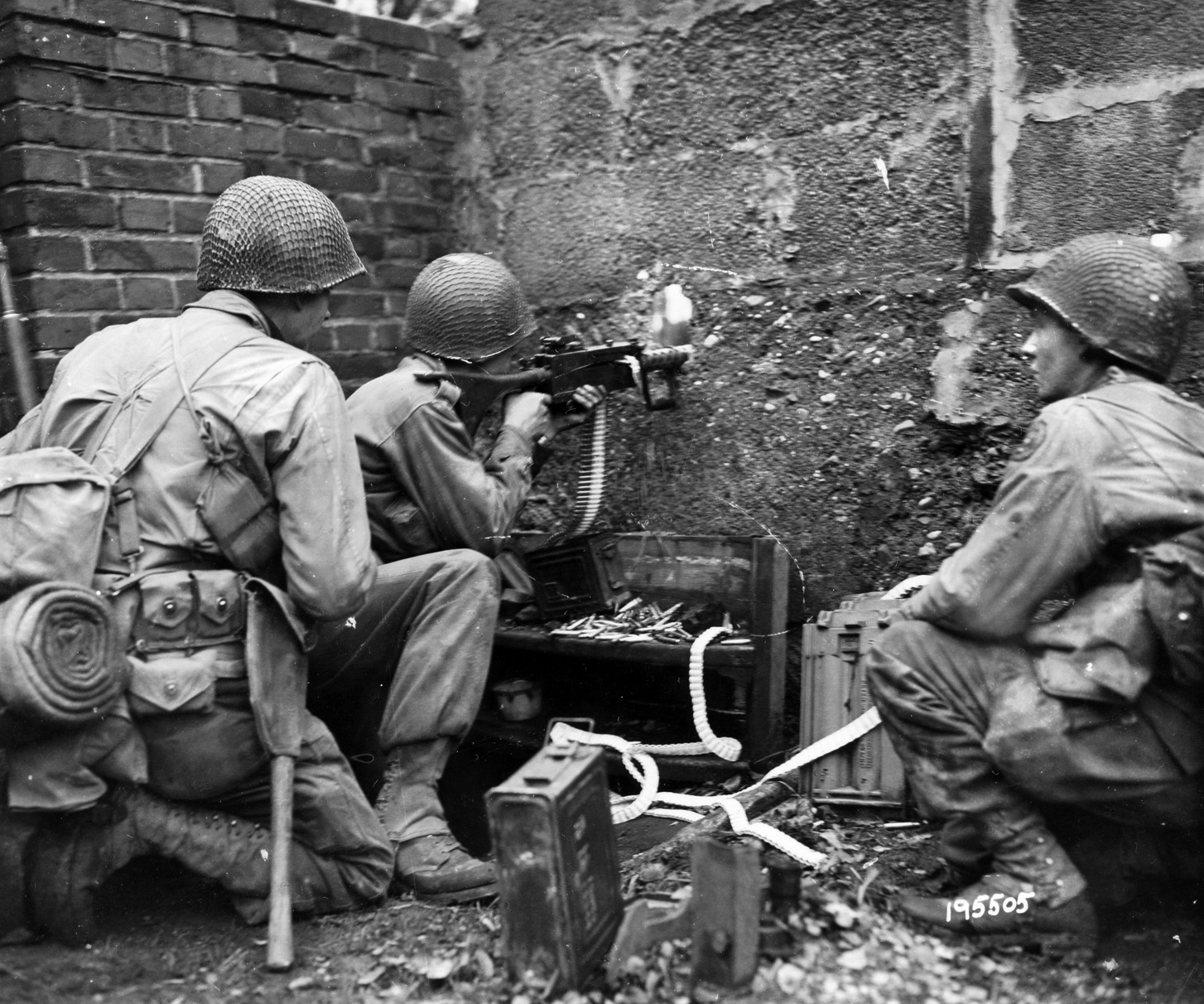
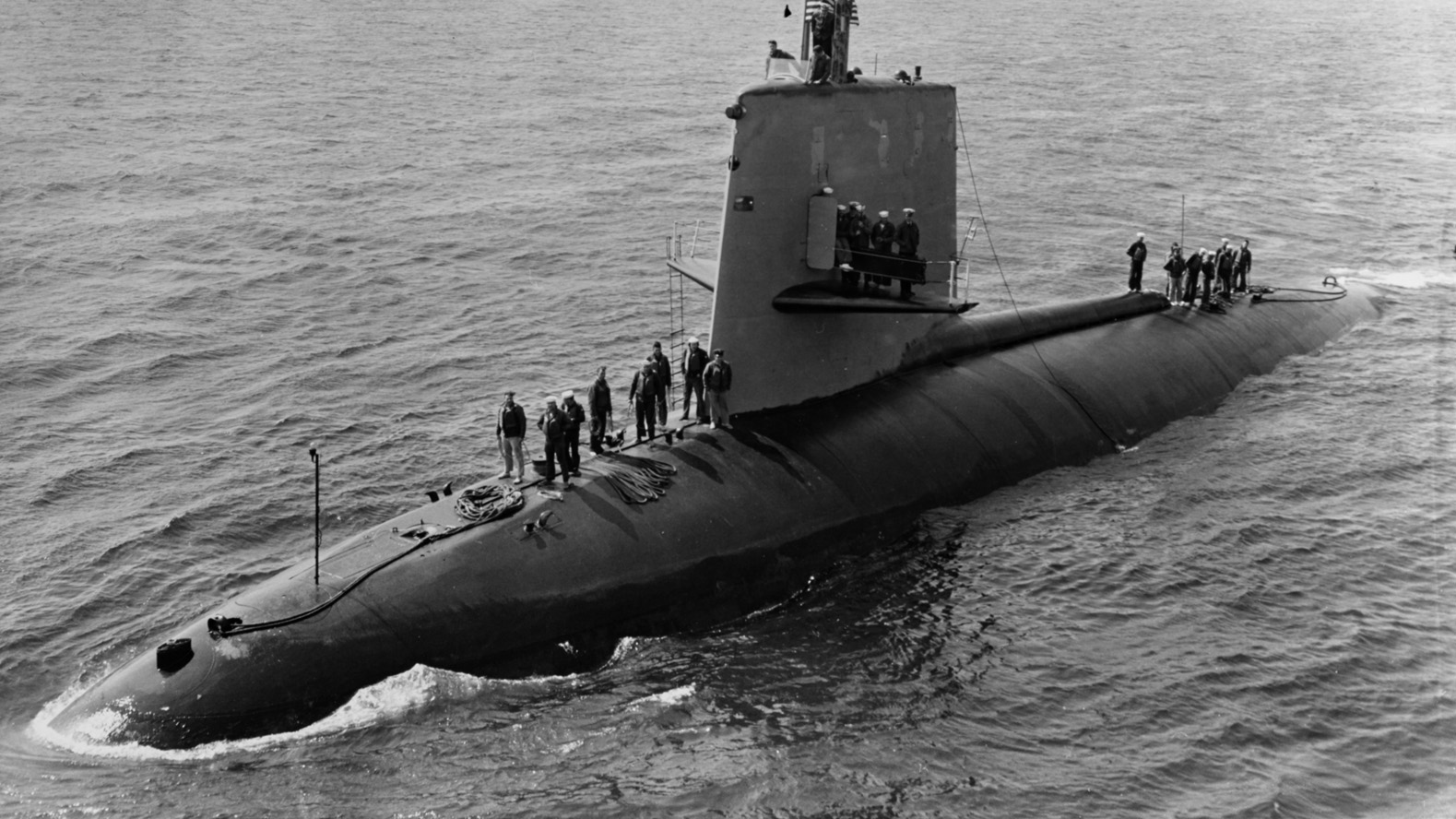
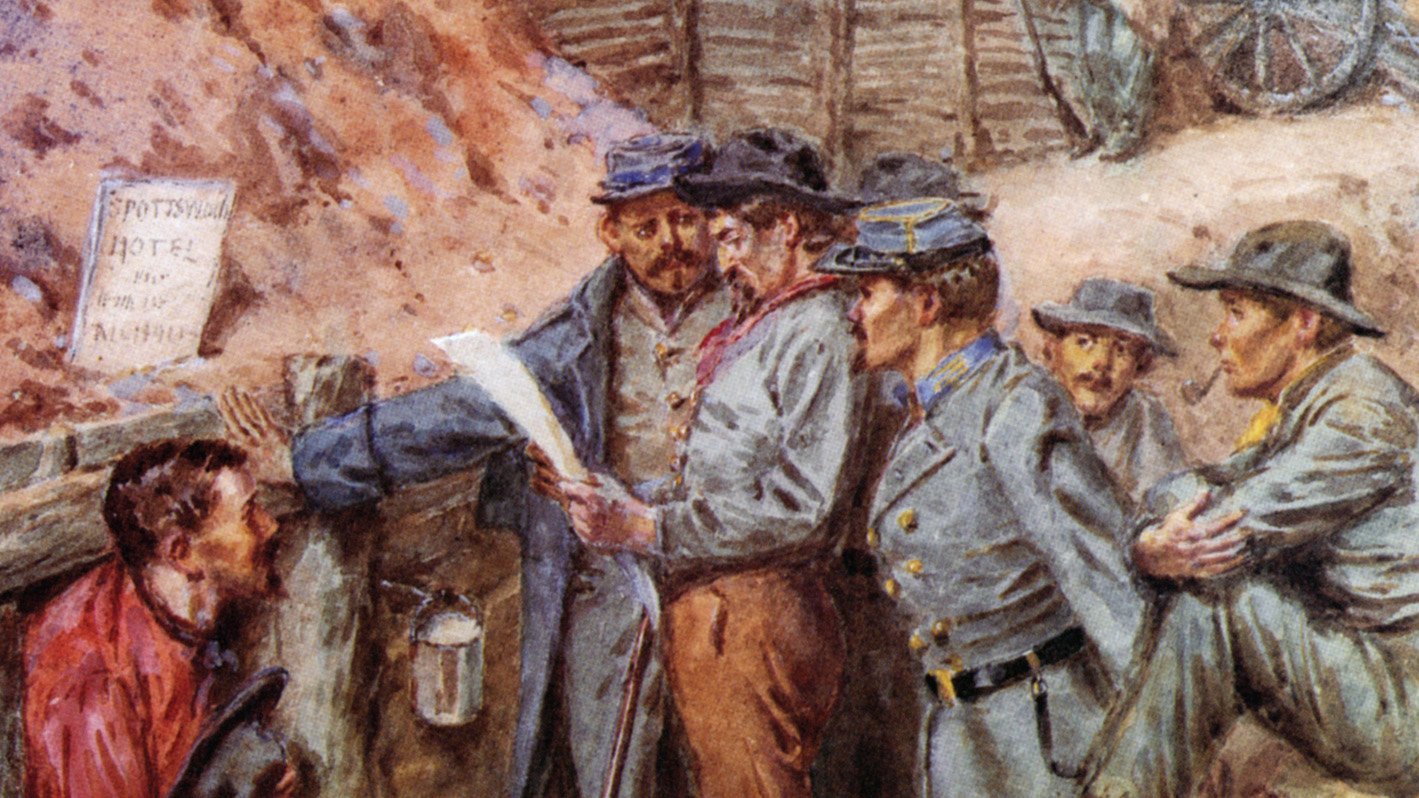
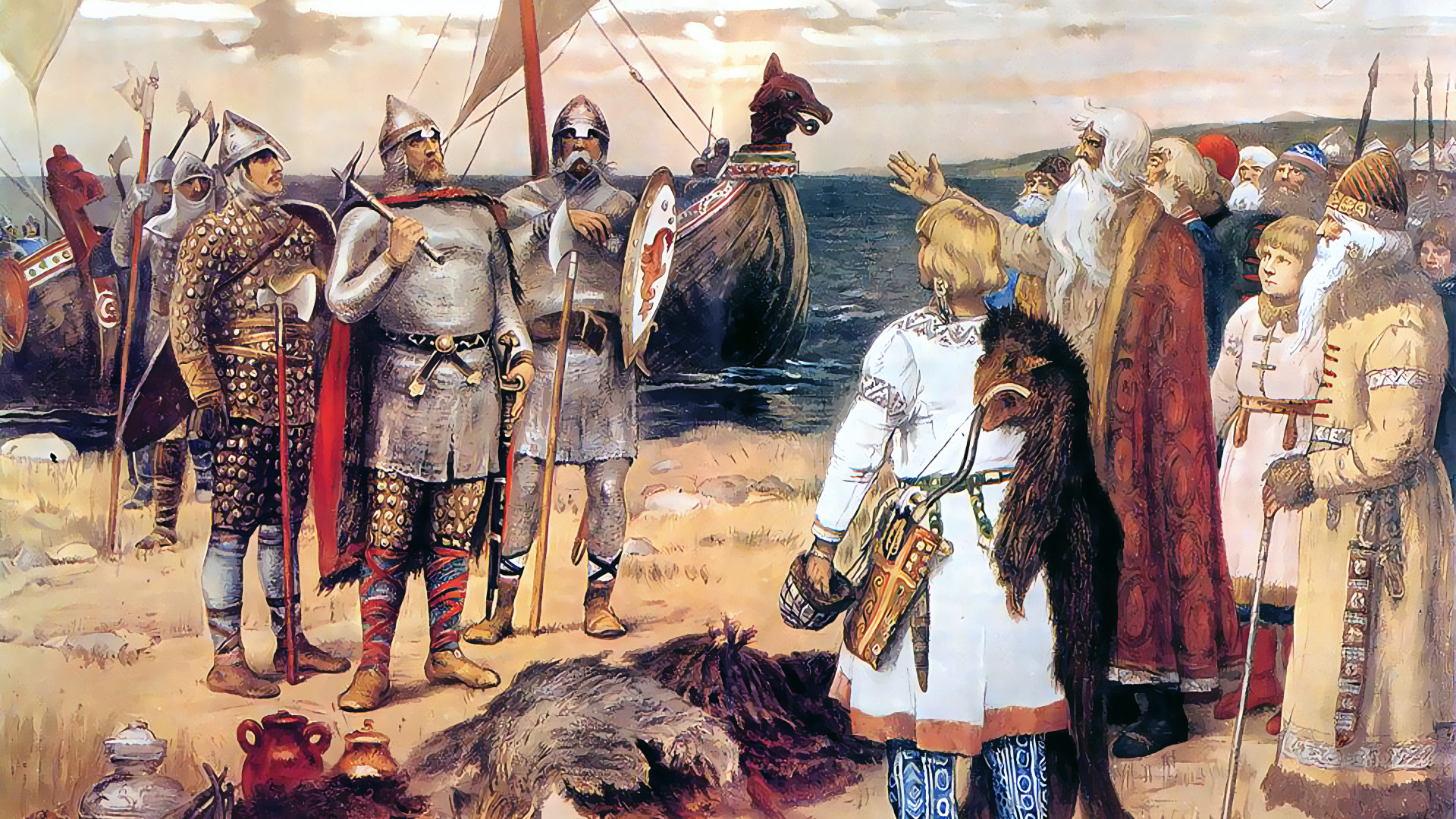
Join The Conversation
Comments
View All Comments